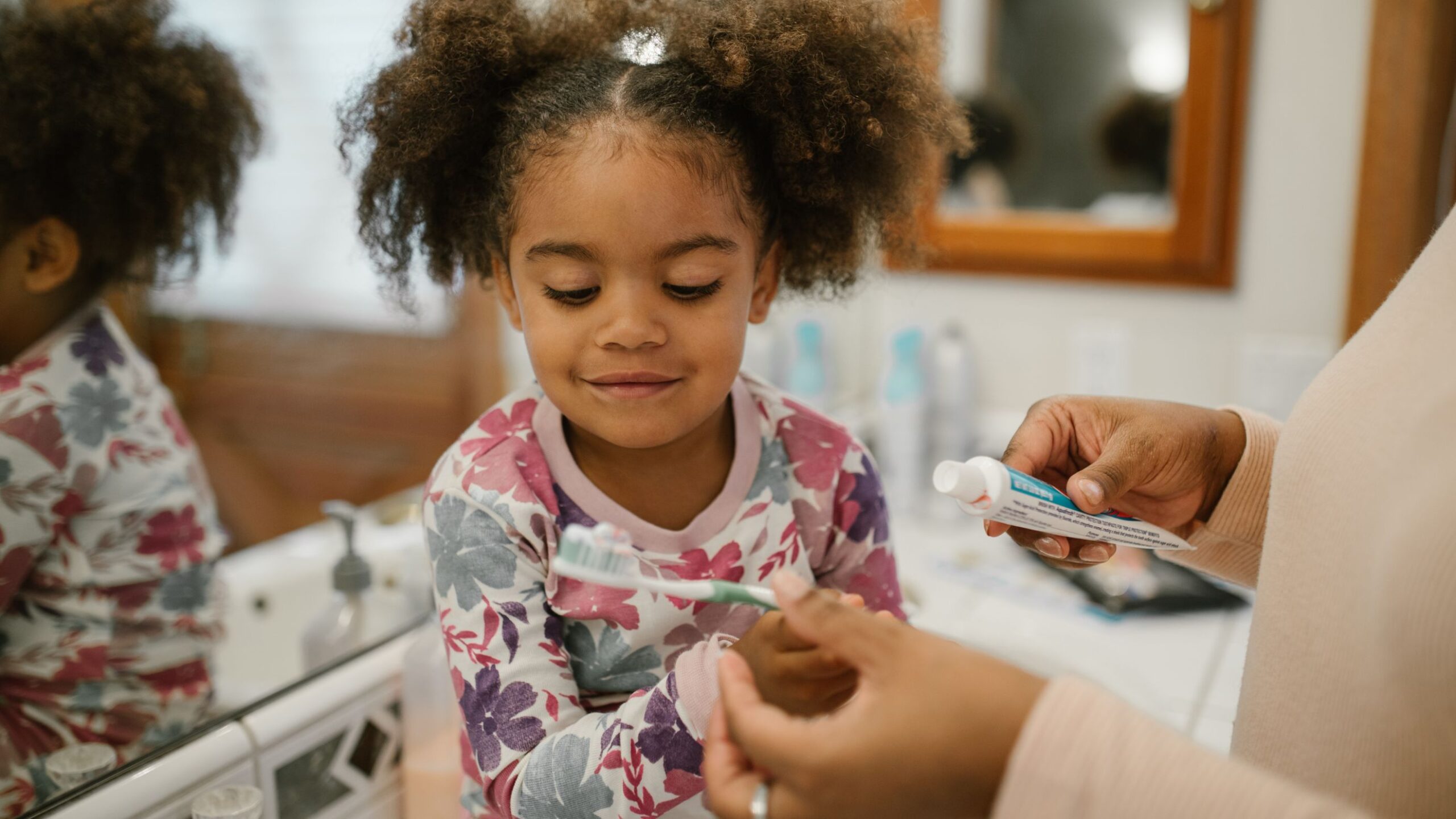Limited access to affordable and quality child care has been a longstanding issue across the United States. The situation is especially precarious in the Aloha State, where child care availability falls short of families’ needs, and child care costs rank the highest in the country.
Last month, the Nurturing Wāhine Fund* invited me to Hawaiʻi to discuss how the high cost and undersupply of child care hinder parents—especially mothers—from fully participating in the workforce. During my visit, I spoke with Hawai‘i Public Radio, Governor Josh Green, and four local organizations about this pressing issue: Family Promise, Pacific Gateway Center, the Pōpolo Project, and Hawaiʻi Children’s Action Network.
Access to affordable and quality child care is essential for the long-term well-being of families and children. It promotes gender equity by supporting labor force participation, better pay, and career advancement. Yet, due to a long history of public underinvestment in the care sector, Hawai‘i is experiencing a child care crisis. In my conversation with Hawai‘i Public Radio, I spoke alongside Aleeka Morgan of Nurturing Wāhine Fund on how this lack of investment has resulted in: 1) high child care costs, 2) limited child care options, 3) the undervaluation of child care jobs, and 4) barriers to women’s economic mobility.
Cost Challenges: Hawai‘i has the least affordable center-based infant and toddler care in the United States. One year of infant care costs up to $22,585, or $1,882 a month. This translates to a household spending up to 23 percent of its income on infant care, far exceeding the US Department of Health and Human Services’ federal benchmark for affordable child care, which is 7 percent of a household’s income. In Honolulu, the cost of child care for two children surpasses that of a two-bedroom apartment, placing an immense financial strain on families. While these figures are shocking, they are not surprising, as child care prices have increased at nearly twice the rate of inflation nationwide since 1991.
Availability Issues: The United States is experiencing an extreme undersupply of child care options, and Hawai‘i lags behind other states. In 2018, 68 percent of people lived in child care deserts in Hawai‘i, significantly higher than the national average of 51 percent at the time. Furthermore, the child care sector has struggled to recover jobs post-pandemic, leaving many families unable to find care options for their children. Families now face an overwhelming challenge in both locating and affording child care.
Undervaluation of Care Work: Child care work has been a historically undervalued and typically women-dominated field. In 2023, child care workers in Hawaiʻi—most of whom are women—earned roughly $36,000 a year, or $17 an hour, compared to the $54,000 earned by women workers overall. Research has also shown that early educators in Hawai‘i face a financial penalty for working with young children, resulting in higher poverty rates compared to both the broader workforce in the state and their K-8 colleagues. This wage disparity has contributed to a high turnover rate among early educators, exacerbating the shortage of qualified child care workers in the state.
Impact on Women’s Economic Equity: Hawai‘i’s undersupply of child care and shortage of care workers predominantly affects women and their economic standing in the labor market. Without accessible child care options, the parent with the lower income—typically the mother—reduces their work hours or drops out of the workforce entirely to provide care at home. IWPR’s calculations** show that Hawai‘i’s labor market is marked by large gender gaps in labor force participation and part-time employment, especially among parents with young children: 92 percent of fathers with children under six participate in the workforce, compared to only 69 percent of mothers; conversely, 9 percent of fathers work part-time versus 28 percent of mothers. It is evident that the need for reliable child care is crucial for women’s economic standing in the labor market.
Fortunately, Hawai‘i has taken concrete steps to address the child care crisis, such as through the Preschool Open Doors Program, which has expanded access to child care for both three- and four-year-olds and increased income eligibility limits. The next critical step is to establish statewide paid leave laws. Paid Leave Hawai‘i, a coalition that includes the Nurturing Wāhine Fund, advocates for implementing these laws. In the last legislative session, multiple bills aimed at establishing paid leave were introduced, yet none were successful. As paid leave laws are crucial for supporting women workers and enhancing workforce stability, their enactment should be a priority for building a more resilient labor market in Hawai‘i.
*Nurturing Wāhine Fund is a feminist initiative in Hawai‘i that provides Wellness Grants to women and girls throughout the state while also leading and partnering on impactful programs and policy initiatives.
**IWPR analysis of 2022 American Community Survey microdata (Integrated Public Use Microdata).


